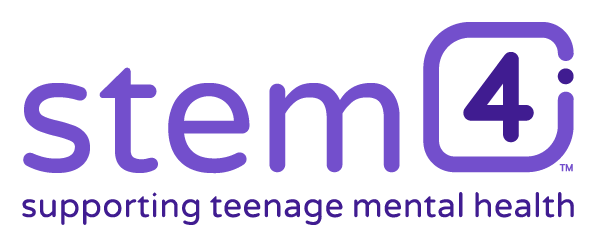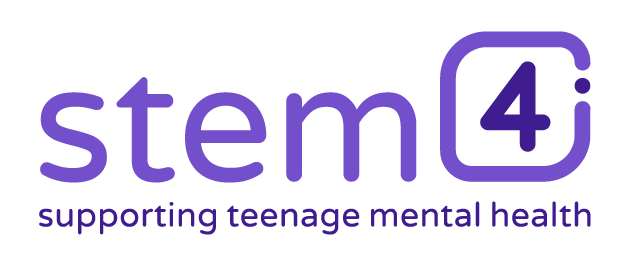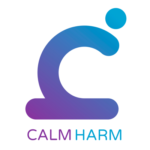Self-harm
For health professionals
What is self-harm?
Self-harm is when someone hurts themselves on purpose (not associated with some of the habitual behaviour associated with developmental conditions such as autism).
In most cases, there is no suicidal intention but a teenager’s safety must always be kept in mind. Risk assessment is one of the key tasks for a professional.

About self-harm
Self-harm is not a new phenomenon, but it appears to be growing in frequency. Whilst both teenagers and adults, male and female, self-harm, it is most prevalent in teenage girls. However, boys who self-harm tend to cause more damage to themselves and suicide is more common in boys and men.
Self-harm is a serious problem for teenagers with around 1 in 12 children aged between 10 and 16 carrying out a variety of self-harm behaviours.
The self-harm management techniques that are described, are separate to those that are recommended for autism, or for children with neurological damage or special needs, where the intention of the self-harm and therefore the management, has a different focus.
Identification
Self-harm is usually identified by regular self-inflicted injuries that are noted on various parts of the body.
Why change?
The first part of a professional’s job is to increase motivation to change. It’s really important to manage self-harm early because it can become habitual and increase in intensity. A good starting point is to explore what benefits the person sees in self-harming and to ascertain negative reasons for why it would be helpful to make positive change. Once motivation to change is established, children and young people can be referred to the ‘Steps to change’ part of the stem4 website and to our Calm Harm app whilst they wait specialist treatment.
To build up your assessment skills and to learn about prevention and evidence-based treatments ask to be on our mailing list for our professionals conferences.
Some benefits to self-harm
- “It helps me calm.”
- “It lets others know that everything is not alright.”
- “It takes my mind off upsetting things.”
Some negatives to self-harm
- “It makes me feel alone.”
- “Others think I’m weird.”
- “I hate the marks it leaves on my skin.”
- “I can’t wear revealing clothes.”
- “It doesn’t help me sort out my real problem.”
Four steps to bringing about change
Visit our Further Advice page for details of other organisations that can help.


 This clinician-developed app can be downloaded from the
This clinician-developed app can be downloaded from the 